Best Night Sky Events of March 2015 (Sky Maps)
March Full Moon
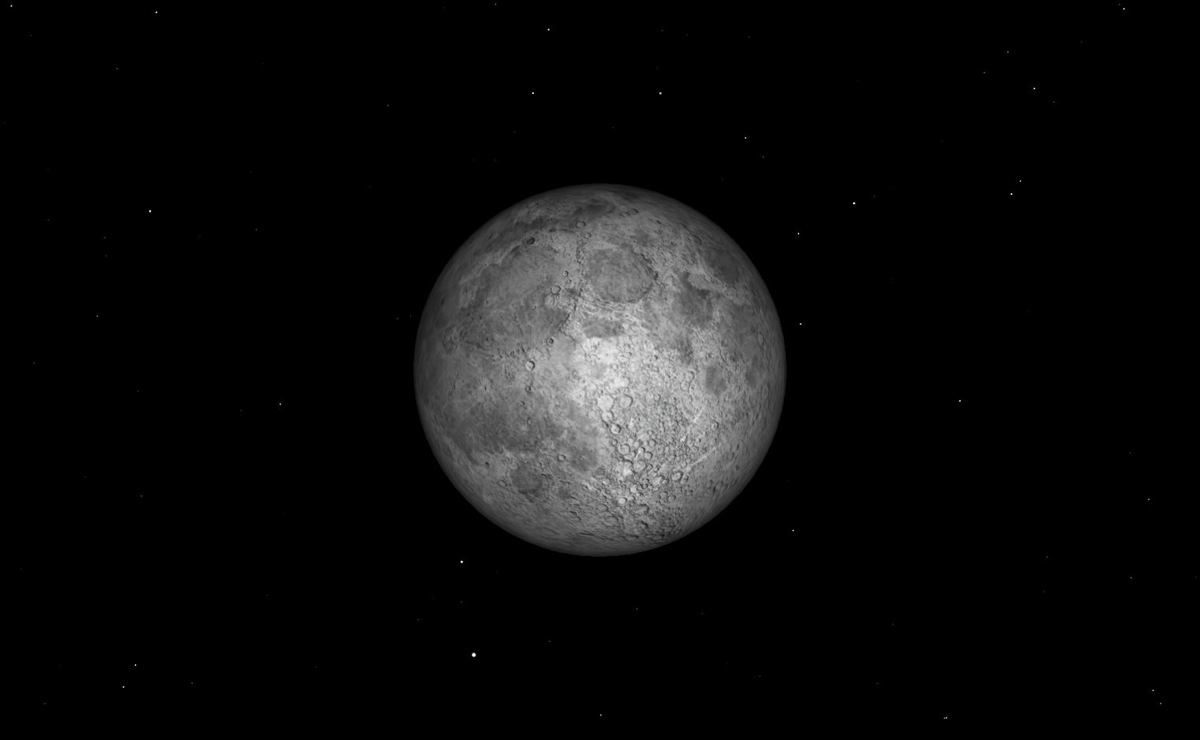
Take a look at some of the best night sky events to see in March 2015. Start here with with the Full Moon on March 5. It is known as the "Worm Moon," "Crow Moon," "Sap Moon," or "Lenten Moon." It rises around sunset and sets around sunrise; this is the only night in the month when the moon is in the sky all night long. The rest of the month, the moon spends at least some time in the daytime sky. This is the smallest Full Moon of 2015.
Last Quarter Moon, March 2015
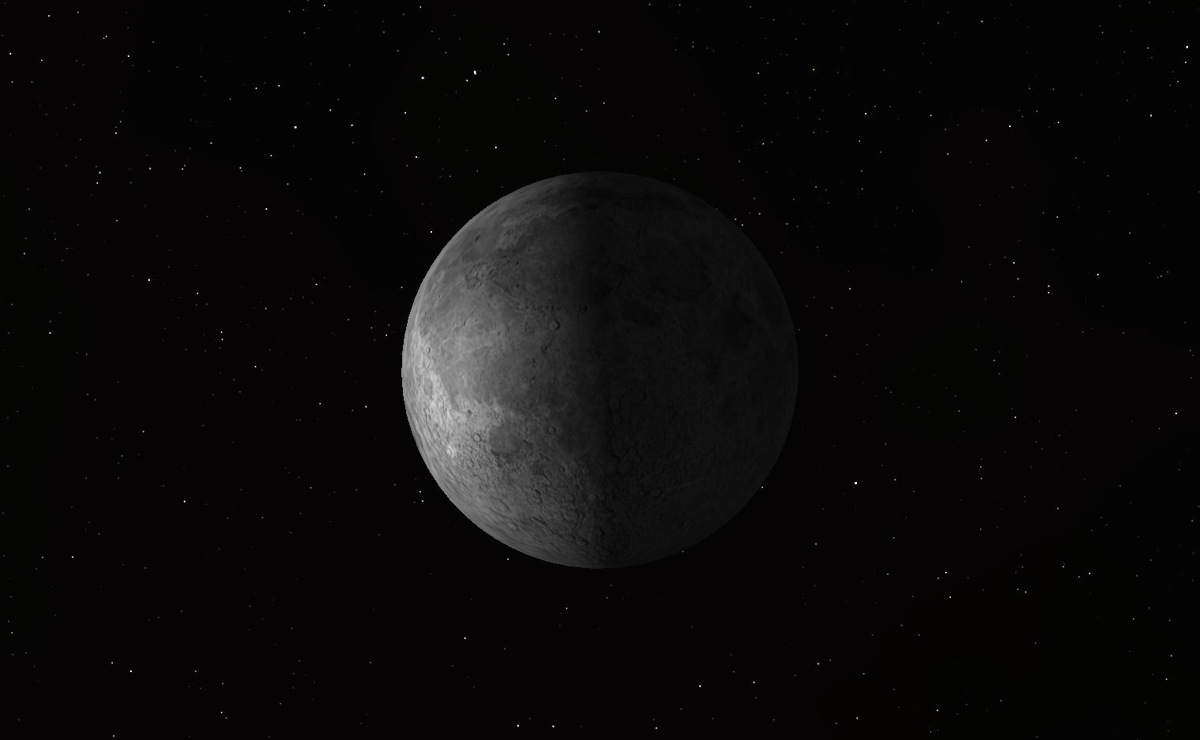
Friday, March 13, 1:48 p.m. EDT. The Last Quarter Moon rises around 2 a.m. and sets around noon. It is most easily seen just after sunrise in the southern sky.
New Moon, March 2015
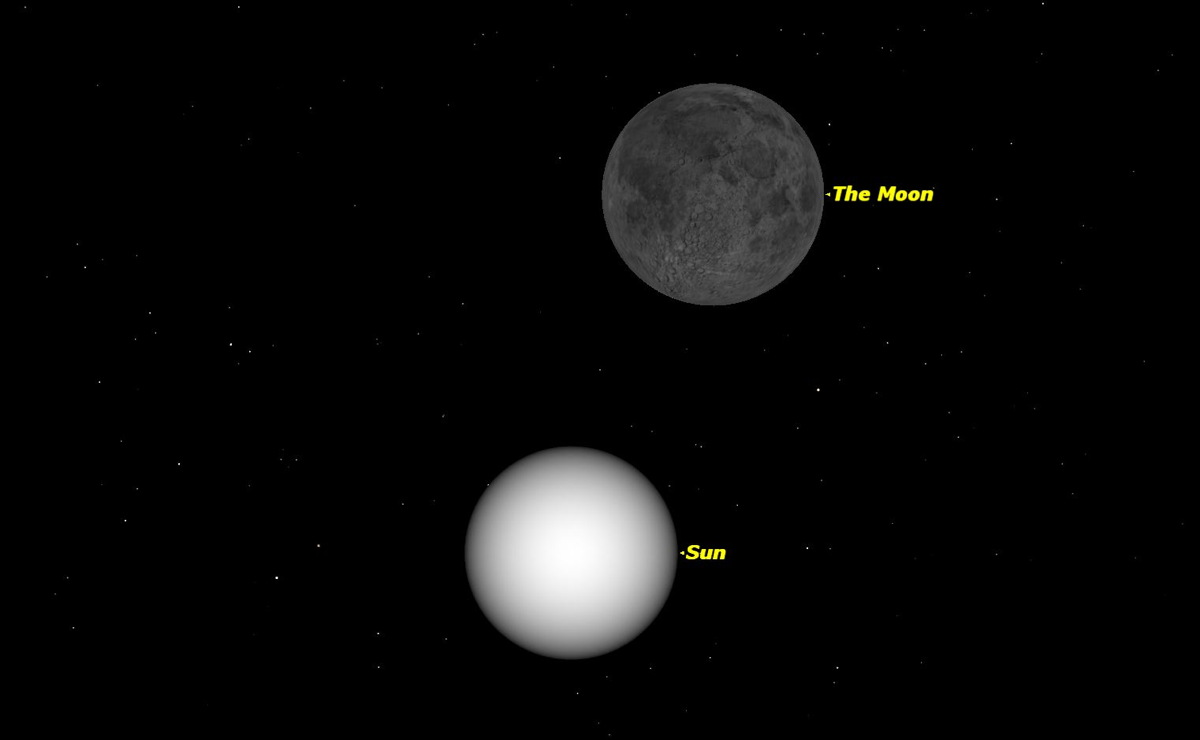
Friday, March 20, 5:36 a.m. EDT. The moon is not visible on the date of New Moon because it is too close to the sun, but can be seen low in the east as a narrow crescent a morning or two before, just before sunrise. It is visible low in the west an evening or two after New Moon.
First Quarter Moon, March 2015
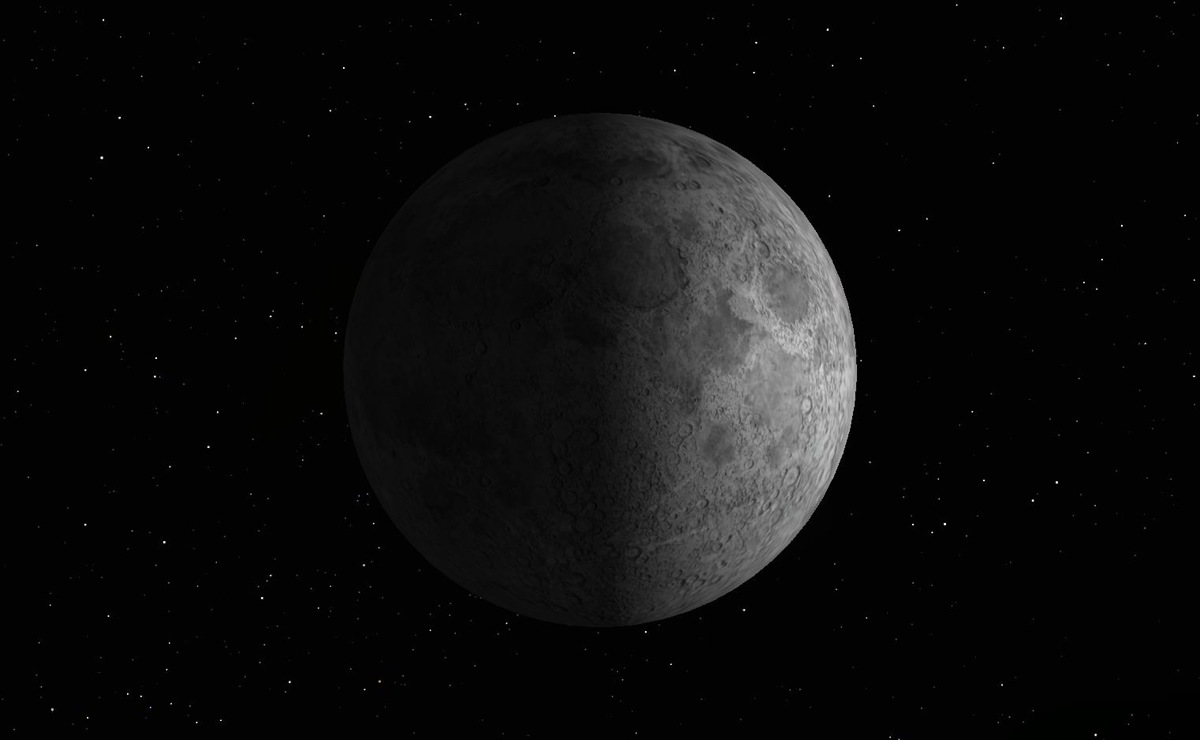
Friday, March 27, 3:43 a.m. EDT. The First Quarter Moon rises around 11:30 a.m. and sets around 2:30 a.m. It dominates the evening sky.
Zodiacal Light, March 2015
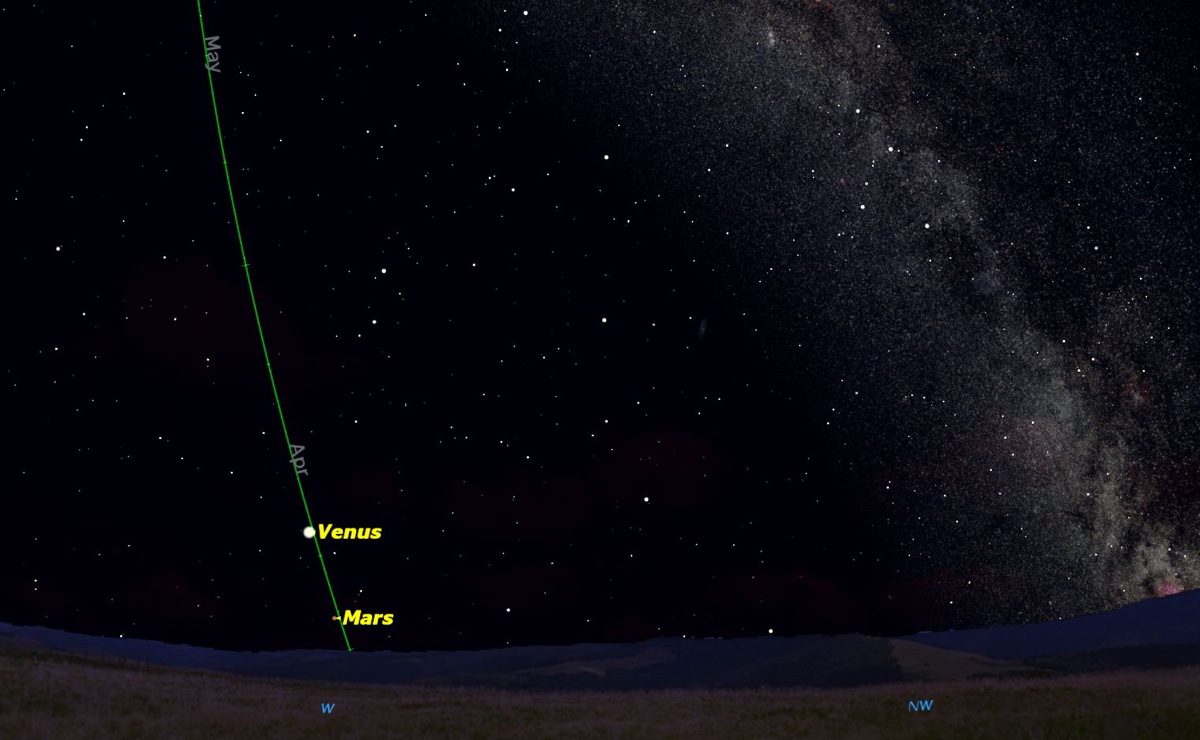
Sunday, March 8–Sunday, March 22, after evening twilight, Look to the south of west, just above Venus and Mars, for the faint zodiacal light, reflected from interplanetary matter along the ecliptic (marked by green line). Don't confuse it with the brighter Milky Way to the northwest.
Total Solar Eclipse in the Faroes, March 2015
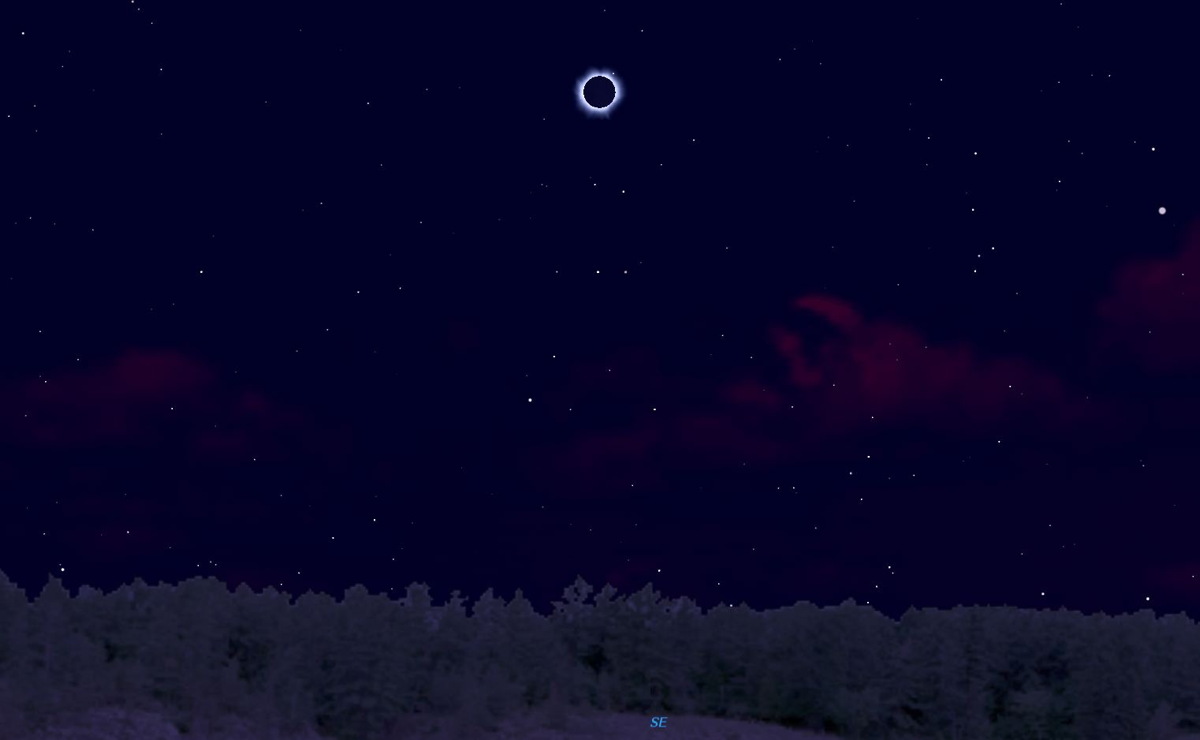
Friday, March 20. The path of this eclipse sweeps across the North Atlantic Ocean, missing all inhabited land except for the Faroe Islands, northwest of Scotland, and the Svalberg Islands north of Norway. This image shows the appearance of the eclipse from Tórshavn in the Faroes.
Total Solar Eclipse in Svalberg, March 2015
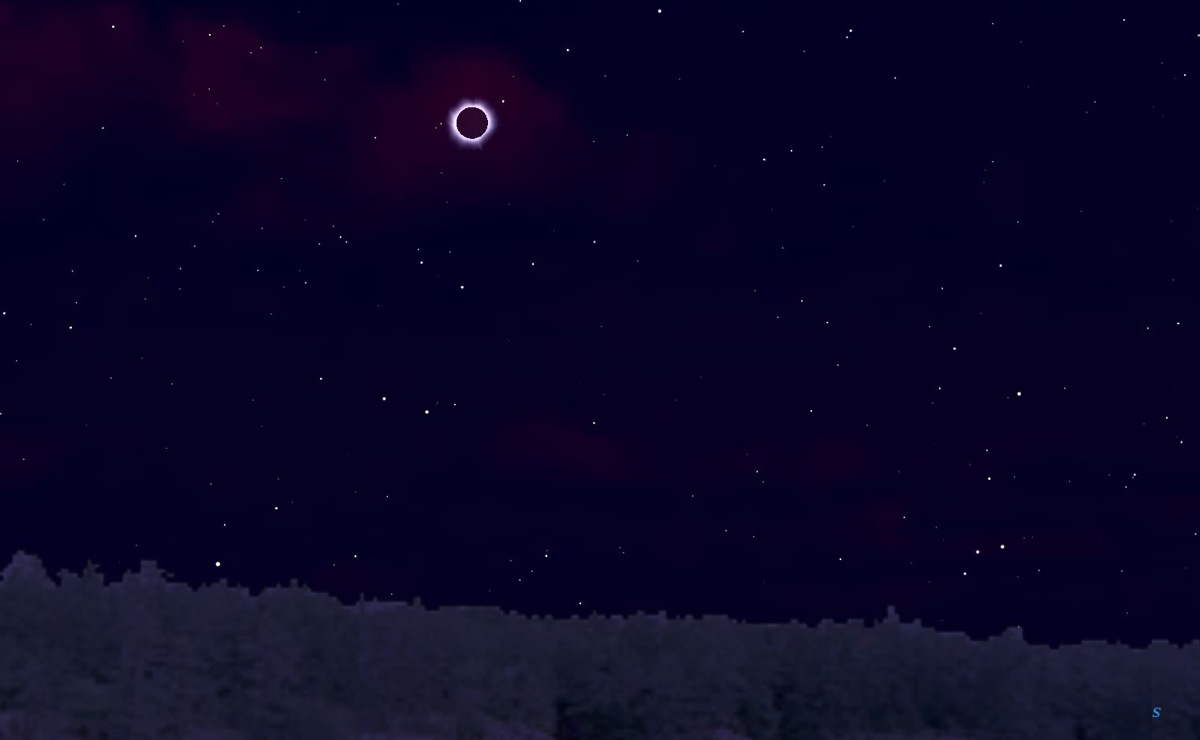
The path of this eclipse sweeps across the North Atlantic Ocean, missing all inhabited land except for the Faroe Islands, northwest of Scotland, and the Svalberg Islands north of Norway. Thia image shows the appearance of the eclipse from Longyearbyen on Spitsbergen Island in Svalberg.
Get the Space.com Newsletter
Breaking space news, the latest updates on rocket launches, skywatching events and more!
Equinox, March 2015
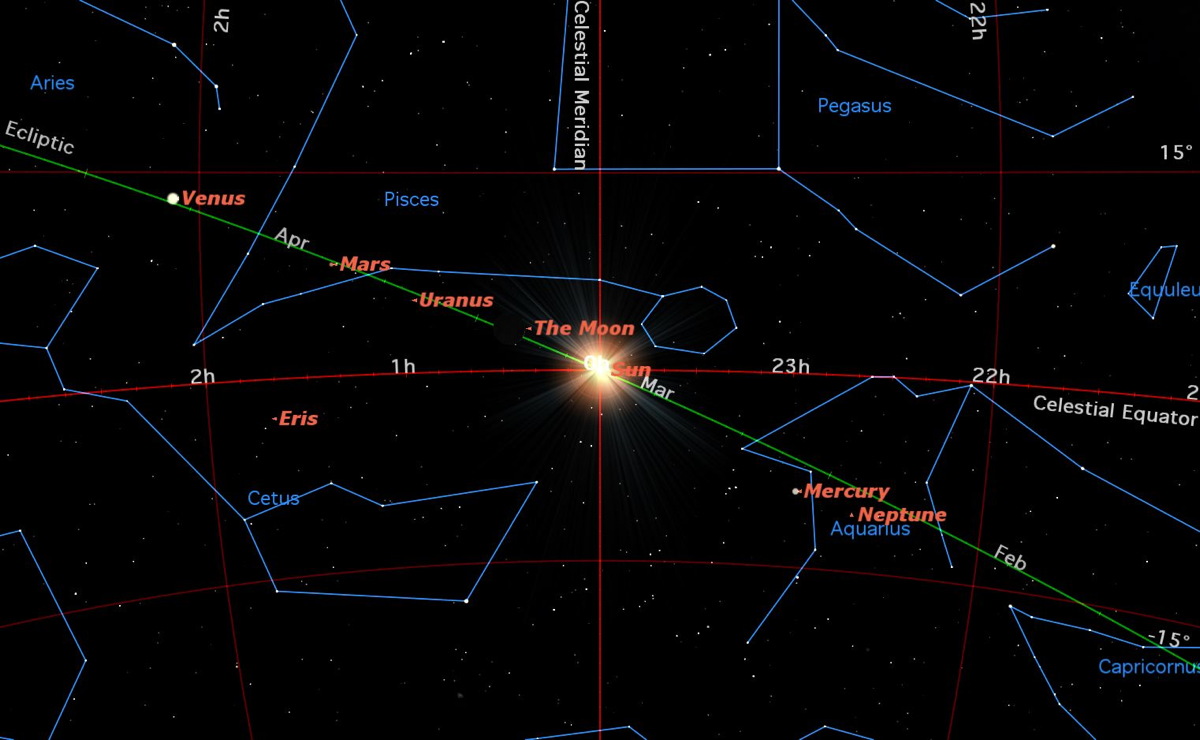
Friday, March 20, 6:45 p.m. EDT. The sun crosses the celestial equator heading north, marking the beginning of Spring in the northern hemisphere and Autumn in the southern hemisphere.
Uranus and the Moon, March 2015
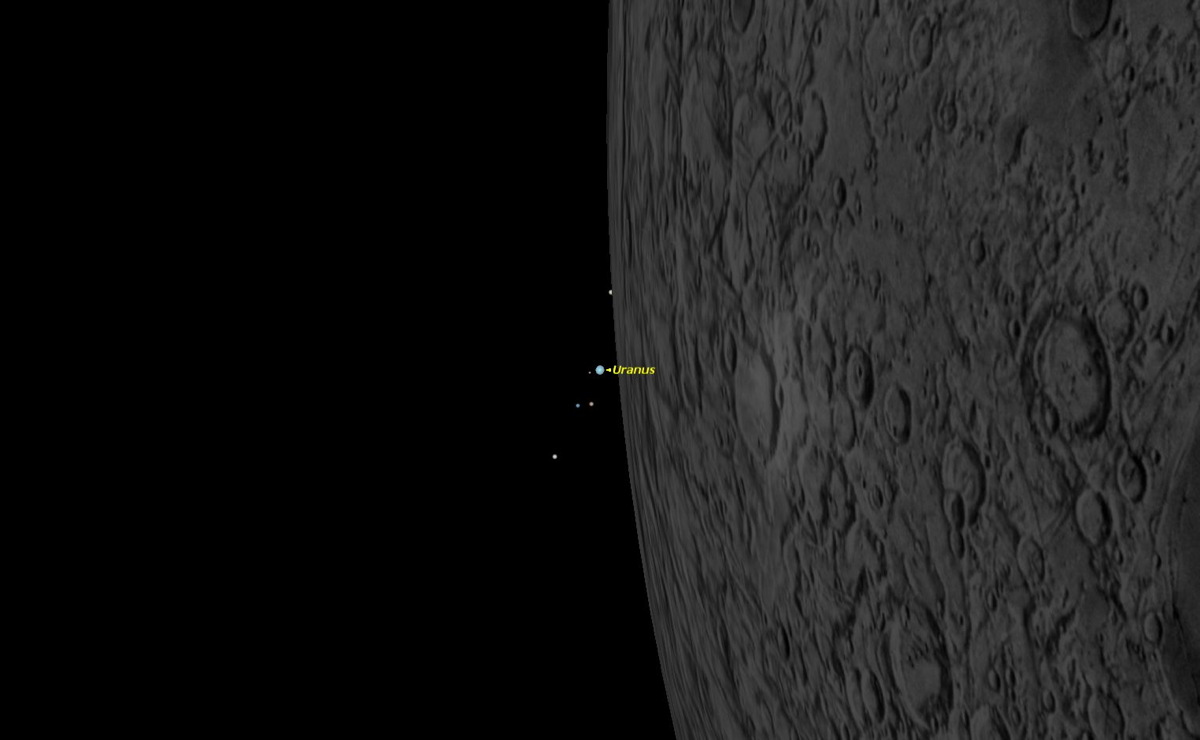
Saturday, March 21, 7 a.m. EDT. The moon will occult Uranus as seen from easternmost Brazil, central Africa, the Middle East, and western Asia.
Mars and the Moon, March 2015
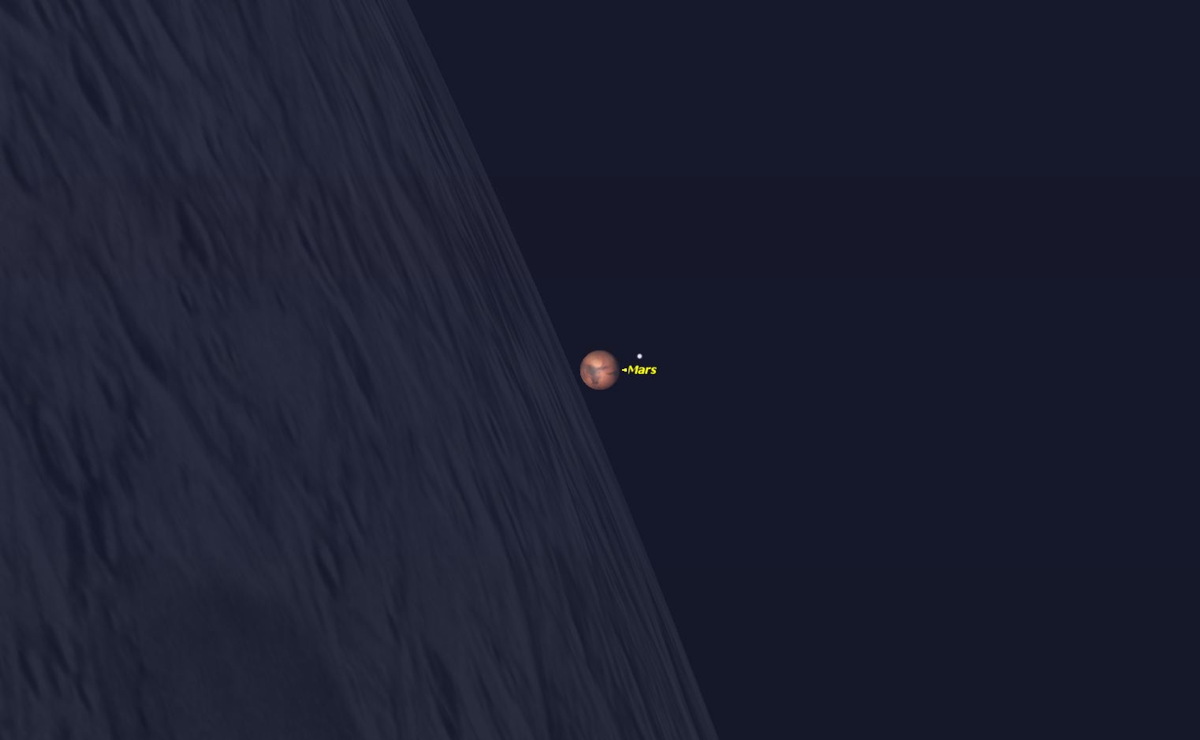
Saturday, March 21, 6 p.m. EDT. The moon will occult Mars as seen from southwestern South America, seen here from Punta Arenas, Chile.
Venus and the Moon, March 2015
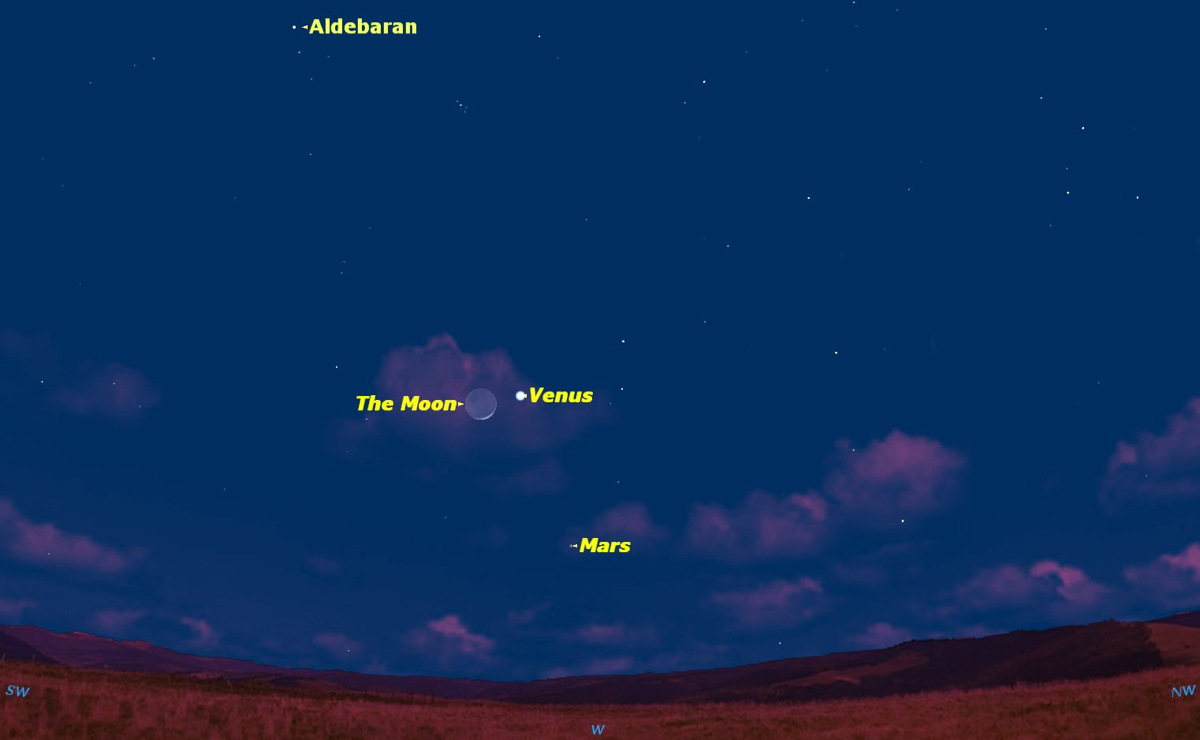
Sunday, March 22, after sunset. The moon and Venus will make a pretty pair in the western twilight sky.
Join our Space Forums to keep talking space on the latest missions, night sky and more! And if you have a news tip, correction or comment, let us know at: community@space.com.

Geoff Gaherty was Space.com's Night Sky columnist and in partnership with Starry Night software and a dedicated amateur astronomer who sought to share the wonders of the night sky with the world. Based in Canada, Geoff studied mathematics and physics at McGill University and earned a Ph.D. in anthropology from the University of Toronto, all while pursuing a passion for the night sky and serving as an astronomy communicator. He credited a partial solar eclipse observed in 1946 (at age 5) and his 1957 sighting of the Comet Arend-Roland as a teenager for sparking his interest in amateur astronomy. In 2008, Geoff won the Chant Medal from the Royal Astronomical Society of Canada, an award given to a Canadian amateur astronomer in recognition of their lifetime achievements. Sadly, Geoff passed away July 7, 2016 due to complications from a kidney transplant, but his legacy continues at Starry Night.










